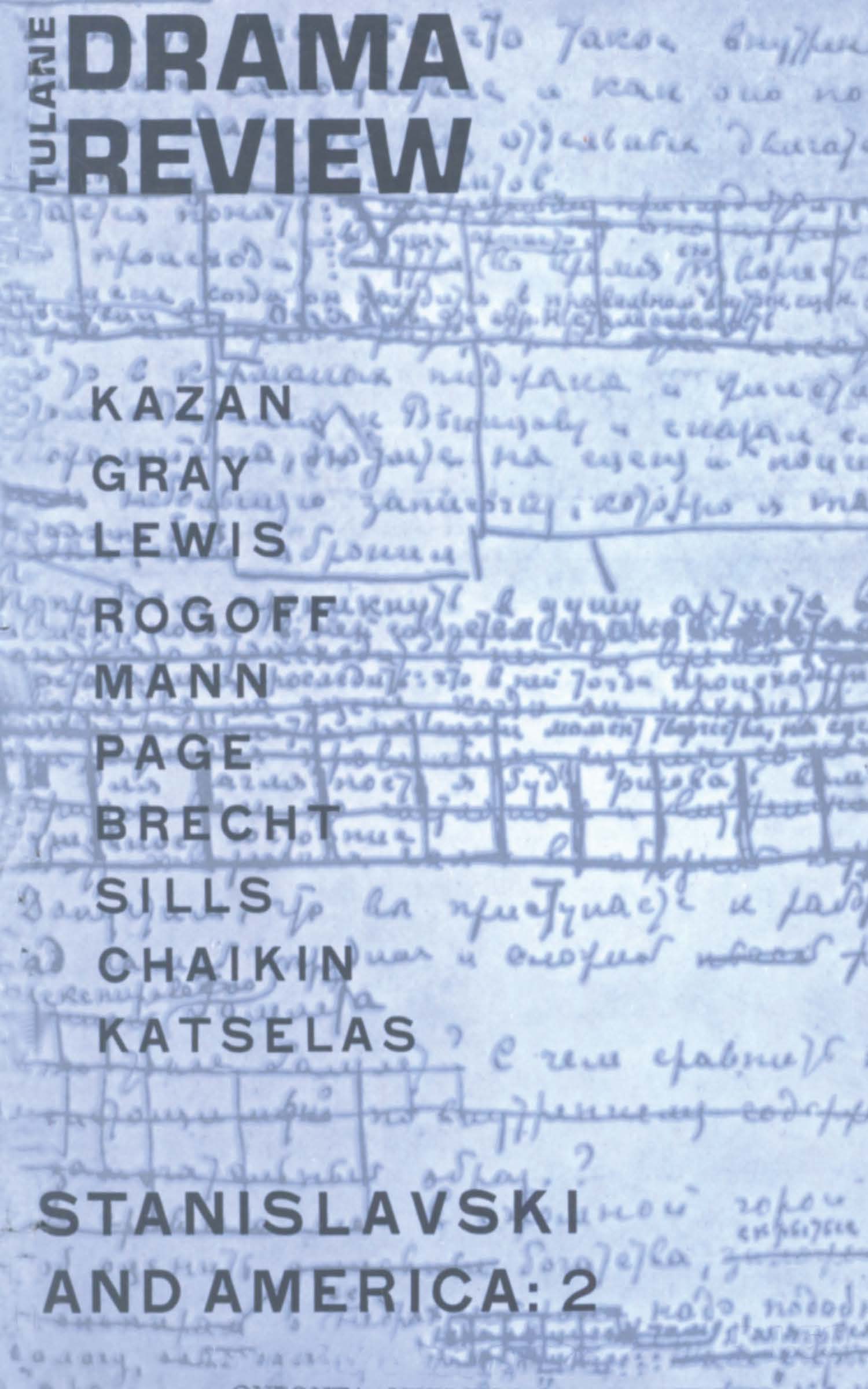Article contents
Public and Private Problems in Modern Drama
Published online by Cambridge University Press: 03 February 2022
Extract
It has become common to view drama in the post-Ibsen period as falling into two broad categories. On the one hand there was a strong and persistent tradition of the A Doll's House type of play, called for convenience “social problem plays,” and on the other a number of diverse styles of drama that represent counter-realism; plays in verse, expressionism, formalistic styles as in Yeats’ plays, revivals of myths, fantastic drama, surrealism, plays of Freudian psychology, Cocteau-ish poésie de théâtre, and so on, all of which, however different from each other, have in common that they turn away both from social problems and from the dramatic style associated with them. They do not necessarily, however, renounce realism for “romance,” or for something “poetic” in the escapist sense. Neither are the themes they treat always without relevance to the social situation.
- Type
- Research Article
- Information
- Copyright
- Copyright © 1959 The Tulane Drama Review
References
* Reprinted with permission from the Bulletin of the John Rylands Library Vol. 36, No. 1, September, 1953.
- 2
- Cited by


